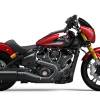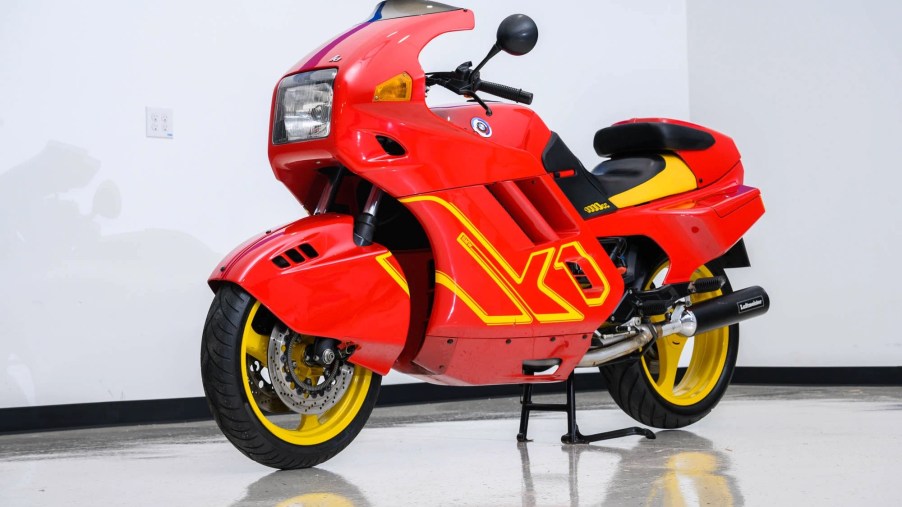
The BMW K1: Sales Failure, Rad Futuristic Sportbike Success
As bikes like the Harley-Davidson XLCR demonstrate, not every motorcycle experiment is a raging success. That’s something BMW is familiar with, too. Before the German marque created the new R18 cruiser, it tried to take on Harley with the R1200C. And while today it offers high-performance sportbikes like the S 1000 RR, its first attempts weren’t major hits. However, while the BMW K1 didn’t sell well, some of the technology it previewed is still found on the brand’s bikes today.
The BMW K1 was a radical and forward-thinking departure for the brand
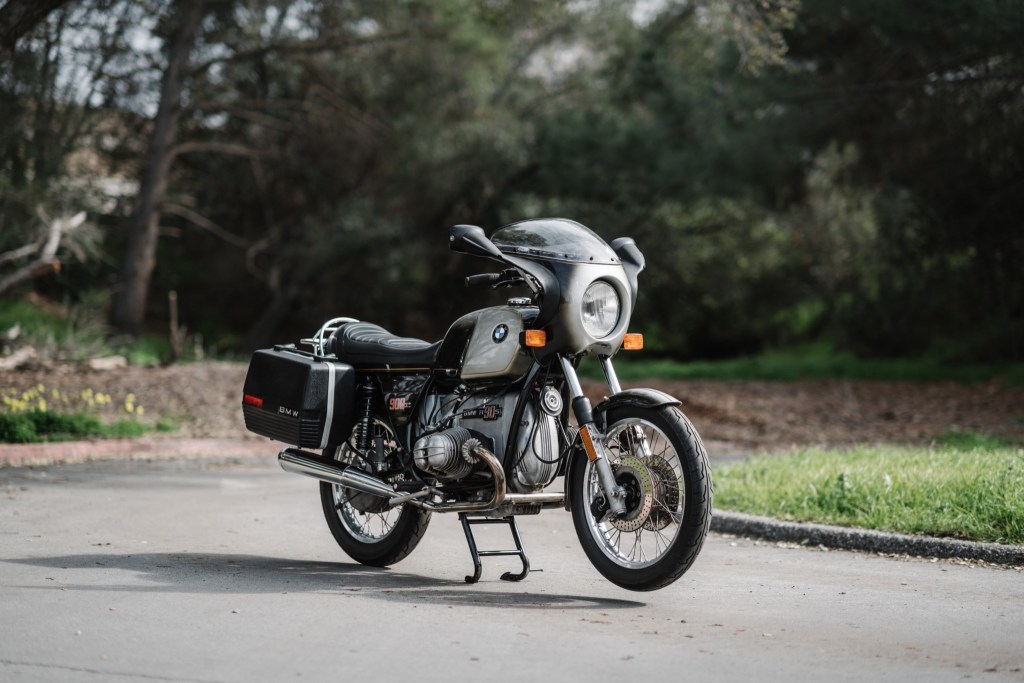
In the 1980s, BMW’s motorcycles had an image problem, Café Racer Garage explains. While they were solid and dependable, they weren’t necessarily exciting or sporty. Even the somewhat-sporty R90S was still a touring-focused bike.
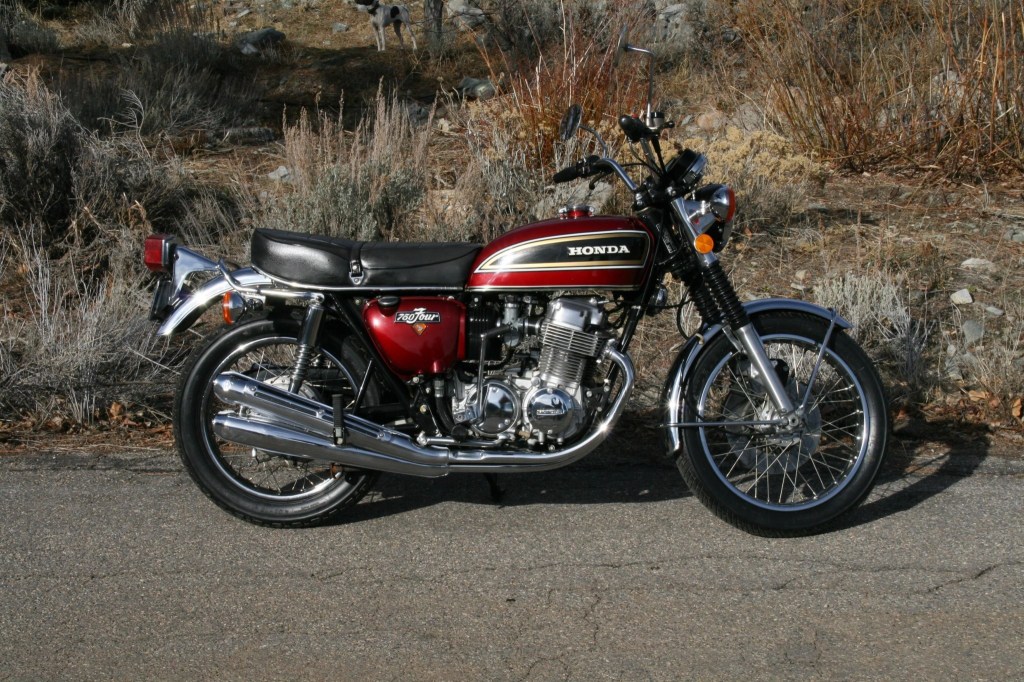
Plus, the brand’s trademark boxer-twin engine was down on horsepower compared to bikes like the Honda CB750 and Kawasaki KZ900. It was also threatened by emissions regulations, Motorcyclist reports.
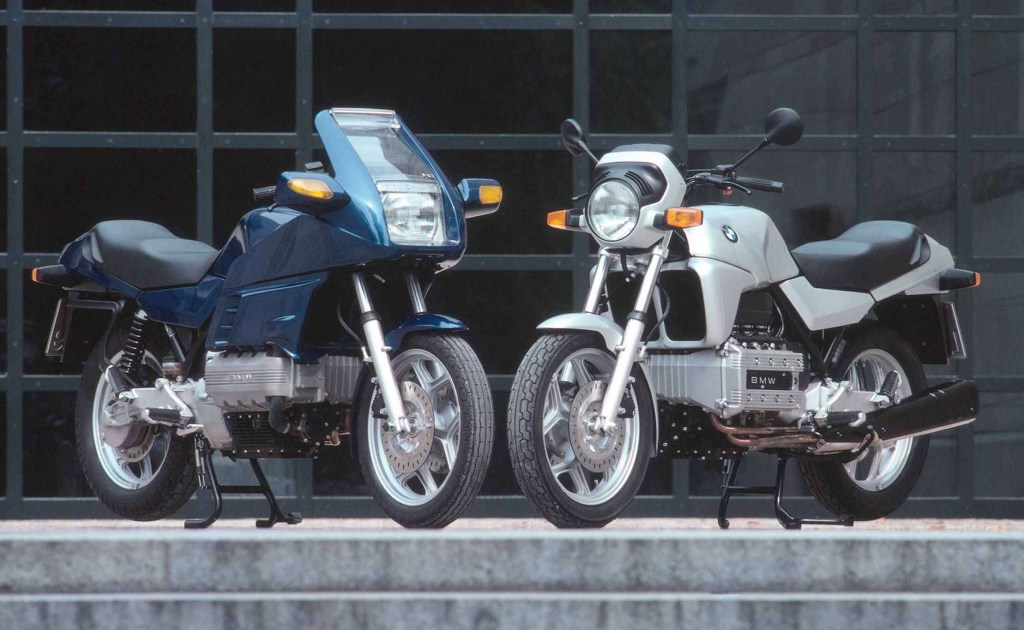
To combat this, BMW created the 1983 K100, Silodrome reports. It has sharp bodywork, great reliability, and a 987cc fuel-injected inline-4, MCN reports. It was one of the earliest bikes to offer fuel injection, RideApart reports, and the engine’s appearance led to the nickname ‘Flying Brick.’
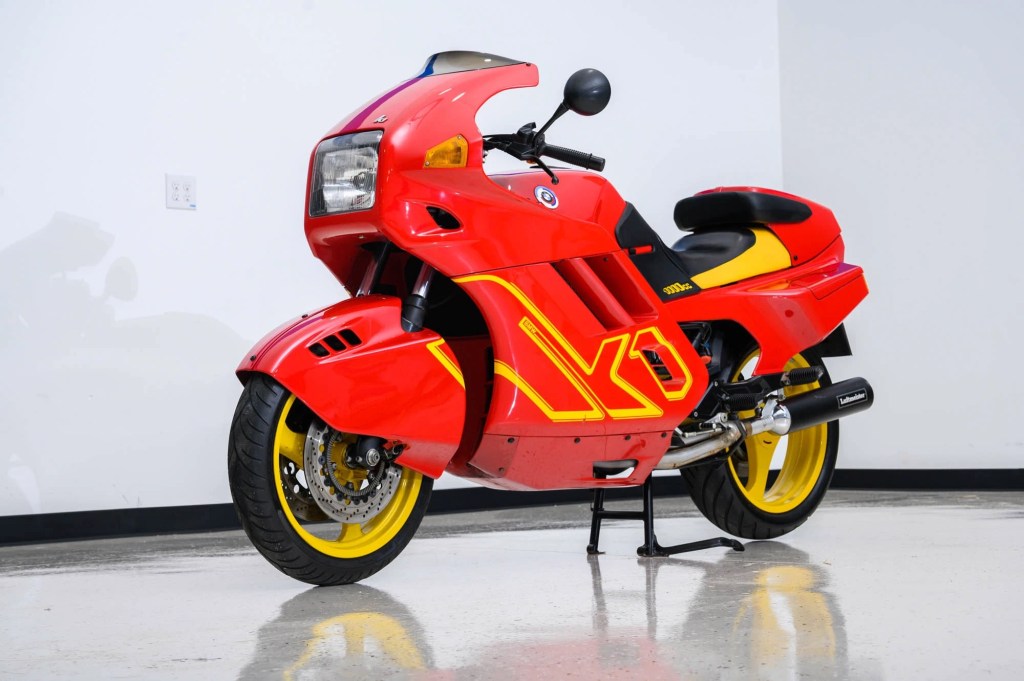
But the K100, the first of the K-Series, was merely the intro to the main event: the 1988 BMW K1. It has an upgraded version of the K100’s 987cc inline-4, limited to 100 hp by European regulations, Turtle Garage reports. But the engine wasn’t the K1’s biggest selling point.
For its day, the BMW K1 was incredibly advanced. It was the first production motorcycle to come standard with ABS, at least in the US, Rider and Bike-urious report. It was also the first K-Series equipped with the innovative Paralever rear suspension from the GS adventure bike. That suspension is still used on BMW’s motorcycles today. And its bodywork gave the K1 the lowest production-motorcycle drag coefficient at the time, Motorcyclist reports.
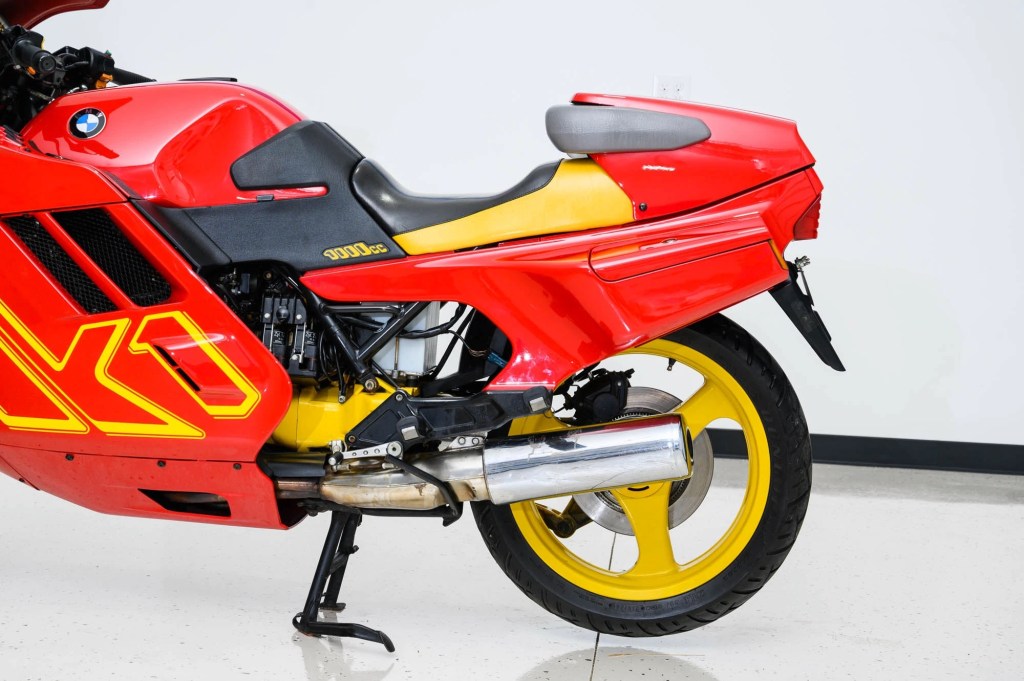
The BMW K1’s modern touches go even further. It has a fuel gauge—something that a few modern bikes still don’t offer. It has a built-in power outlet so you can have heated gear without wiring directly to the battery. And while it isn’t much, there’s usable storage space in the rear ‘side pods.’
The BMW K1 was fast, but as a sportbike, it had some flaws
Despite having only 100 hp and 73 lb-ft, the BMW K1’s bodywork gave it an aerodynamic edge. The claimed top speed is 150 mph—which RideApart and Motorcycle Classics report is definitely achievable. This bike is basically like a 90s German Suzuki Hayabusa, MCN reports. And the now-iconic ‘ketchup and mustard’ color scheme just adds to it.
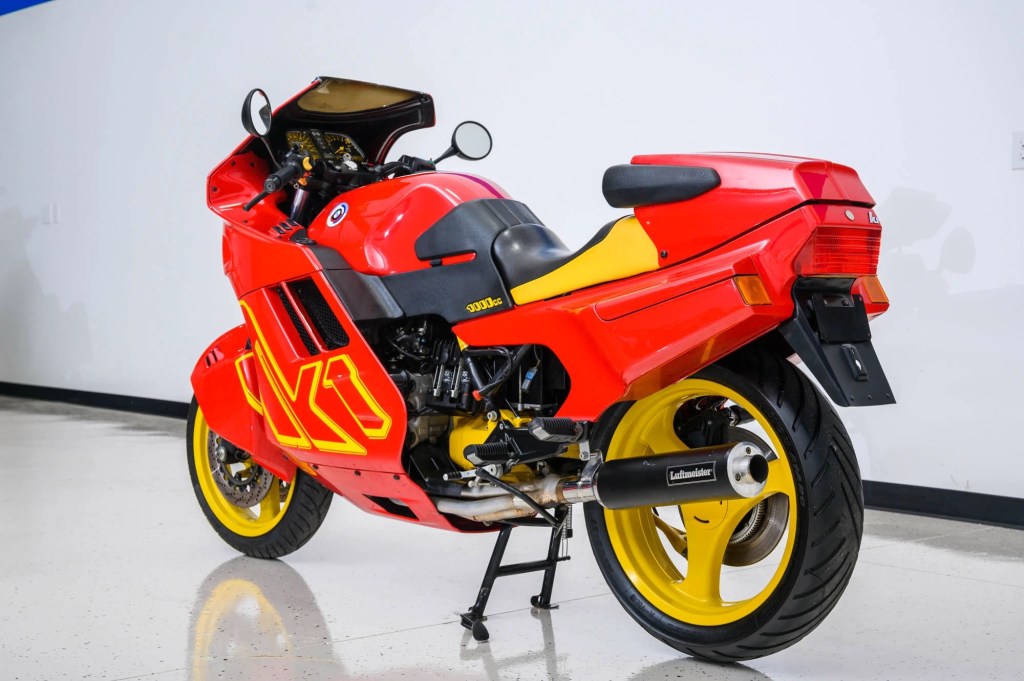
Unfortunately, the high-speed stability and aero benefits come with several drawbacks. The bodywork traps a lot of heat at low speeds and makes putting a foot down at stoplights difficult. And the laid-out body position can be uncomfortable for taller riders, Bike-urious reports. Plus, the BMW K1’s stable nature comes at the cost of easy low-speed handling. Specifically, in regards to the turning radius—you’ll need roughly 3 lanes of travel to do a U-turn.
The BMW K1’s weight adds to that problem. With a roughly 600-lb curb weight, it’s on the heavy side for a sportbike. But it’s not just the curb weight that contributes to the feeling of heaviness. The clutch lever, the brake controls, the shifter, and even the throttle all require deliberate force to use. The K1 blitzes down the autobahn, but cornering in the canyons is tricky.
Still, flaws aside, the sportbike did successfully change the public’s perception of the German marque. And today, it’s something of a collector’s item.
It’s starting to appreciate in value
The BMW K1 was a fairly expensive motorcycle upon its debut. It started at roughly $13k, the equivalent of $28,500 today. That, combined with its design, meant it never sold in large numbers. From 1988-1993, BMW sold fewer than 7000 K1s.
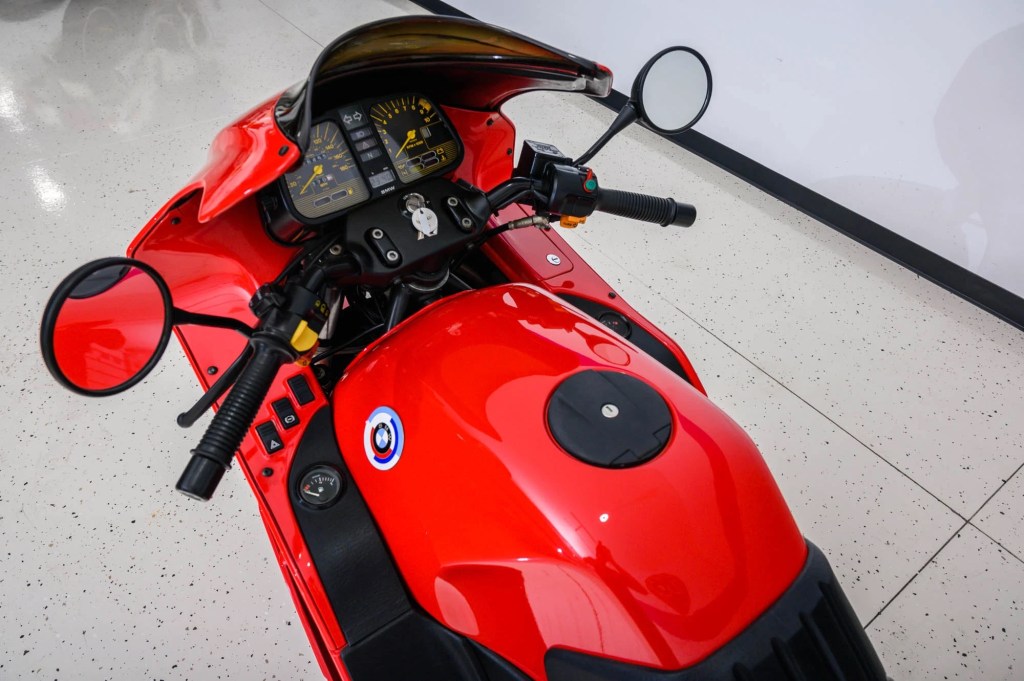
Today, though, more people are starting to appreciate the K1, due in part to its technology and design. The red-and-yellow ones are particularly well-valued, no doubt due to their Radwood-perfect looks. However, compared to some other classic BMW motorcycles, K1s aren’t necessarily that expensive. The ‘ketchup-and-mustard’ models hover around $10,000-$13,000 on Bring a Trailer. And more subdued examples can be found for $5000-$10,000 on BaT and Cycle Trader.
Follow more updates from MotorBiscuit on our Facebook page.


